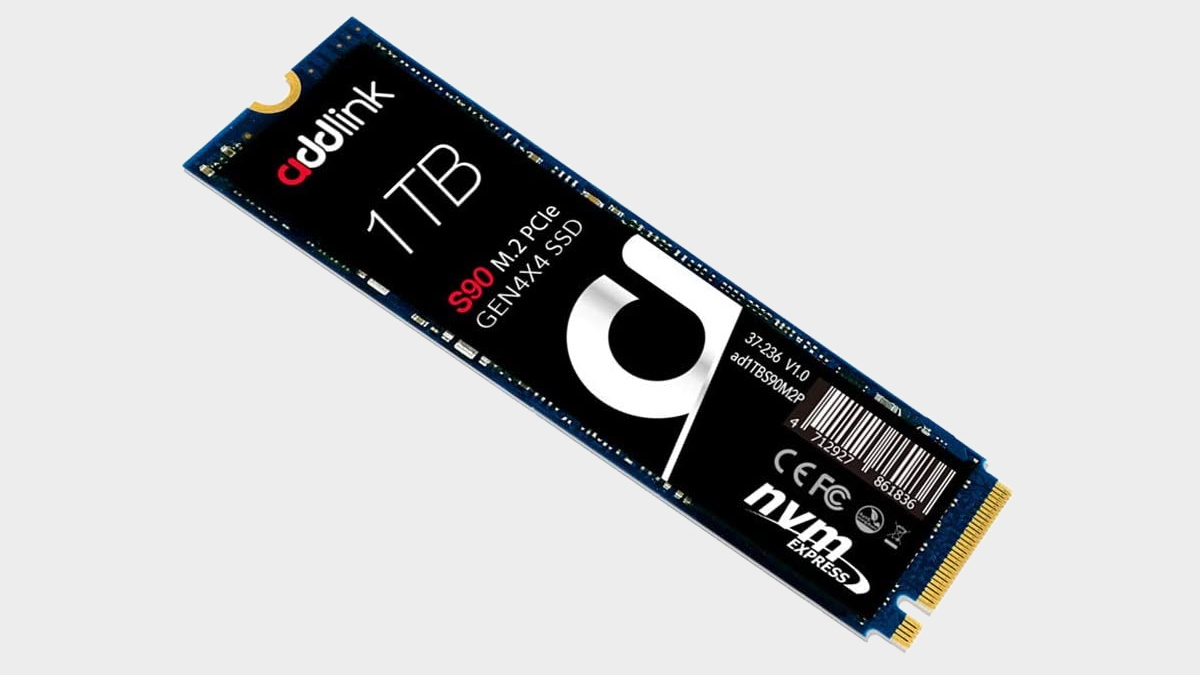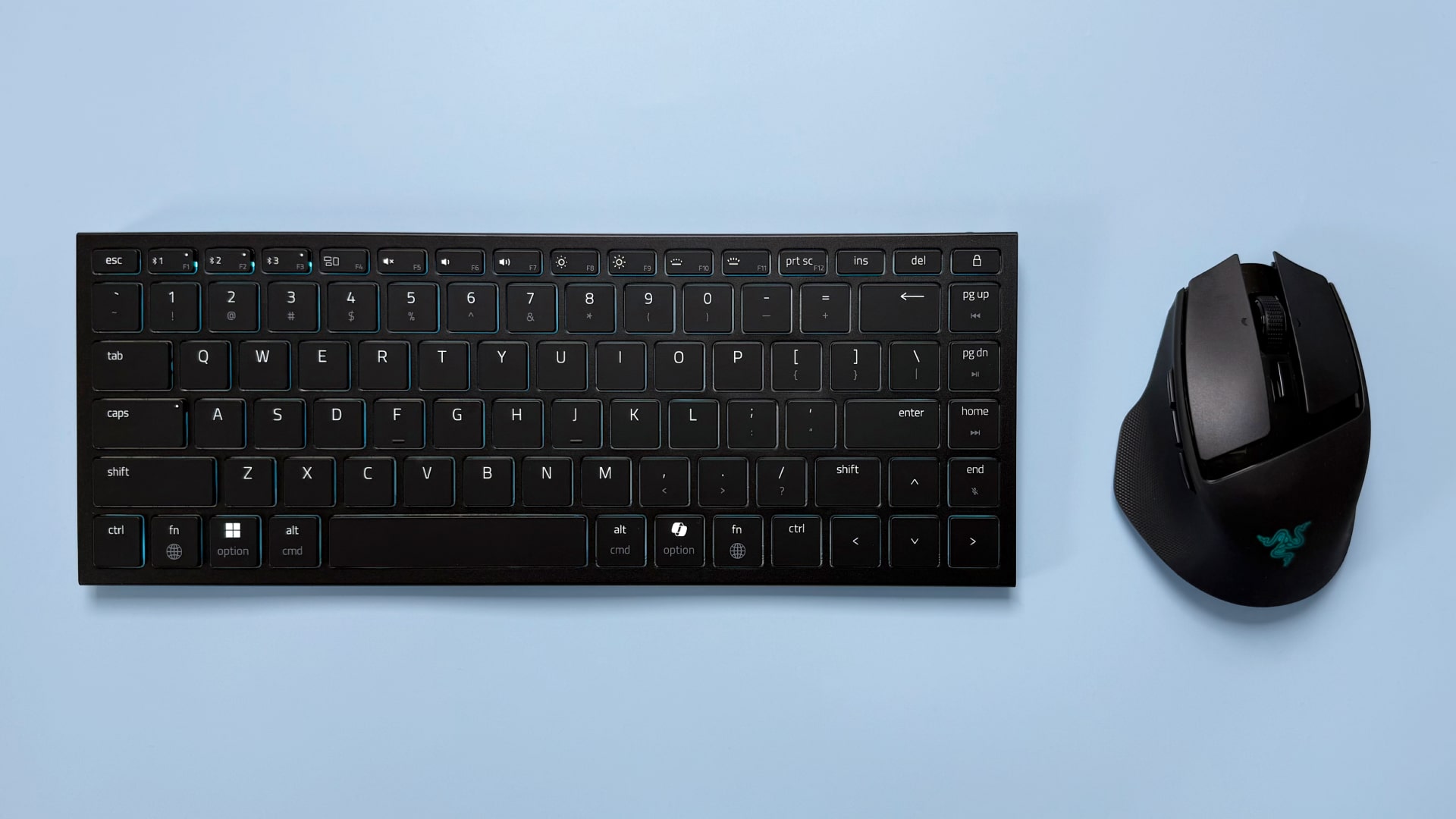Our Verdict
A thrills-free next-gen NVMe SSD that packs a punch in the performance stakes, and offers good value for money, but ultimately doesn't do enough to stand out.
For
- Impressive PCIe 4.0 performance
- Decent value for money
- 5-year warranty
Against
- No software, utilities, or heatsink
- Gets hot under load
PC Gamer's got your back
It may not look like much, but the Addlink S90 is a tiny revolutionary. A small drive trying to upset the status quo. Conventional wisdom says quality storage only comes from a few big players. Names like Samsung, Western Digital, Crucial, Intel et al. Addlink doesn't have much respect for the old ways though, so following the success of its S70 (which makes a prominent appearance in our best NVMe SSD guide), the S90 moves things up a level by offering speedy PCIe 4.0 throughput. Which isn't bad for a company predominantly seen as a budget player.
Capacity: 1TB
Controller: Phison PS5016-E16
NAND: Toshiba TLC
Interface: M.2 PCIe 4.0 x4
Rated seq. read: 5,000MB/s
Rated seq. write: 4,400MB/s
Warranty: 5 years
If you've followed the shift to PCIe 4.0 at all, you'll have spotted that every drive out there currently uses the Phison E16 controller, whether that's the Corsair Force MP600, Gigabyte Aorus SSD, or Seagate FireCuda 520. And sure enough that's what you'll find underneath the sticker here, alongside the equally ubiquitous Toshiba 3D TLC NAND flash memory. They're not all exactly the same, but they're close enough to be almost indistinguishable.
It's worth noting at this point that you'll need a Ryzen 3000 processor and an accompanying X570 or B550 motherboard to get the most from this drive. If you've sided with Intel, then the drive will work, but you'll be stuck with the limits of PCIe 3.0 (3.4GB/s), and while you can future proof yourself a little by buying a drive like this, next-gen drives do come with a premium attached, so weigh that one up carefully. Especially as we know Samsung has a PCIe 4.0 drive on the way.
Unlike its budget-friendly predecessor, the Addlink S90 is only available in 1TB or 2TB trim. There's no 256GB or 512GB model here designed to be paired with a beefy hard drive or SATA SSD. It also means that while both drives do offer great value for money, they still represent a high initial outlay. You're looking at $196 (£199) for the 1TB model, or $399 (£398) for the 2TB drive. That's still only 20 cents a gigabyte, but there are a lot of gigabytes involved.
This is a budget SSD, make no mistake. This is evident from the packaging and the fact that there is nothing else to sweeten the deal. No software, no utilities to monitor drive performance, and nothing in the way of cooling (although Addlink does offer another drive, the H90, which is essentially the same as the S90, but ships with a heatsink).
NVMe SSDs are known to get hot, and any motherboard worth its salt will have some form of heatsink present. The Gigabyte X579 Aorus Master used for testing has heatsinks on every M.2 slot, and this is what I've used for testing. Even so, the S90 peaked at 69 C during testing, which is high, and right at the limit of the suggested operating temperature of 70 C. I didn't see any throttling though, even when really pushing it.


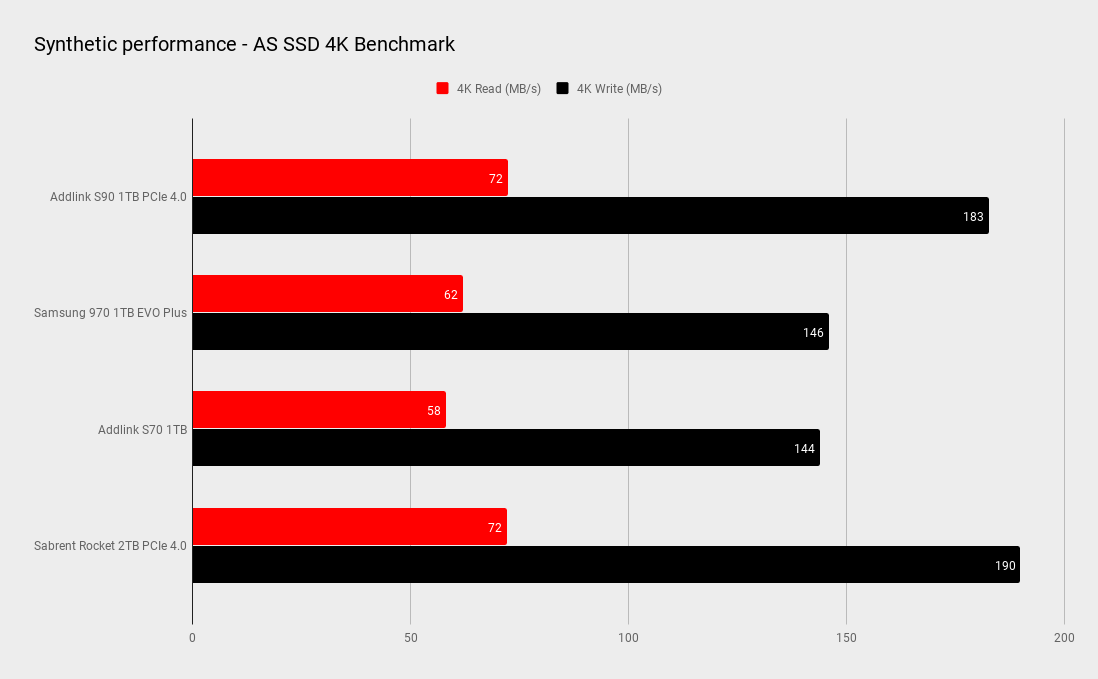
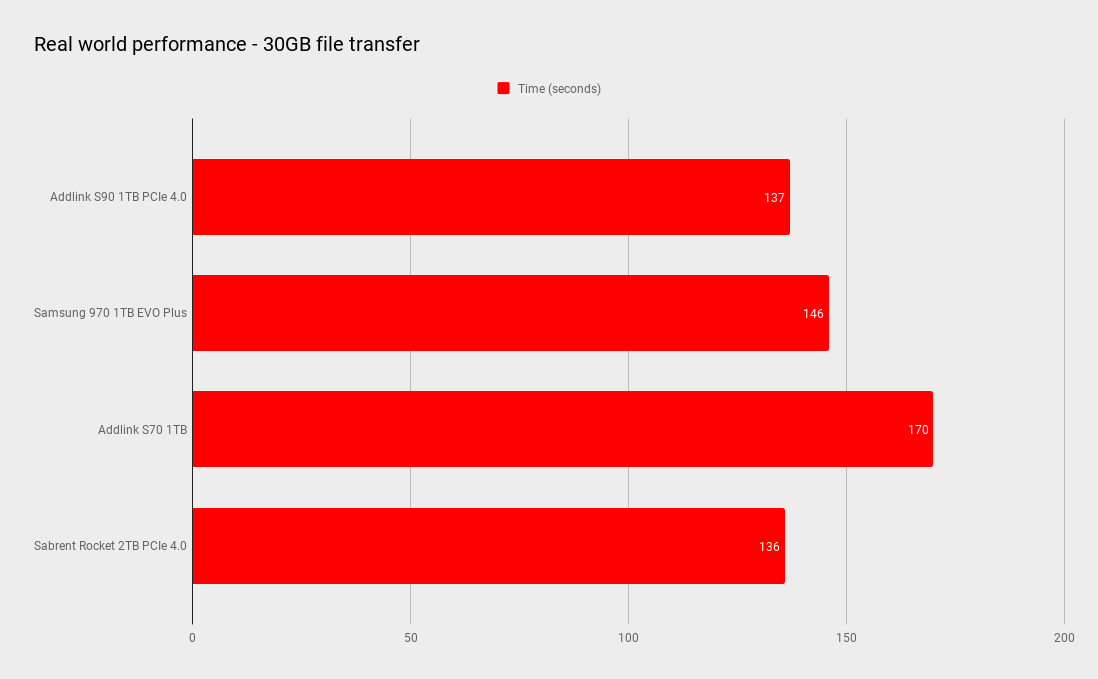
In terms of performance there's a lot to like about the Addlink S90, as there is any PCIe 4.0 NVMe SSD. In the synthetic benchmarks it gives even the best PCIe 3.0 SSDs a sound thrashing, with the sequential reads almost doubling. The write performance is also about 1GB/s better. The real world performance can't quite live up to these figures, but the Addlink S90 still manages to shave a few seconds off.
There's not a whole lot between any of the PCIe 4.0 SSDs we've tested of late, although the Sabrent Rocket NVMe 4.0 did produce slightly better numbers pretty much across the board. Not enough to recommend that drive over this in performance-terms alone, but there is a bit more of a difference between these drives.
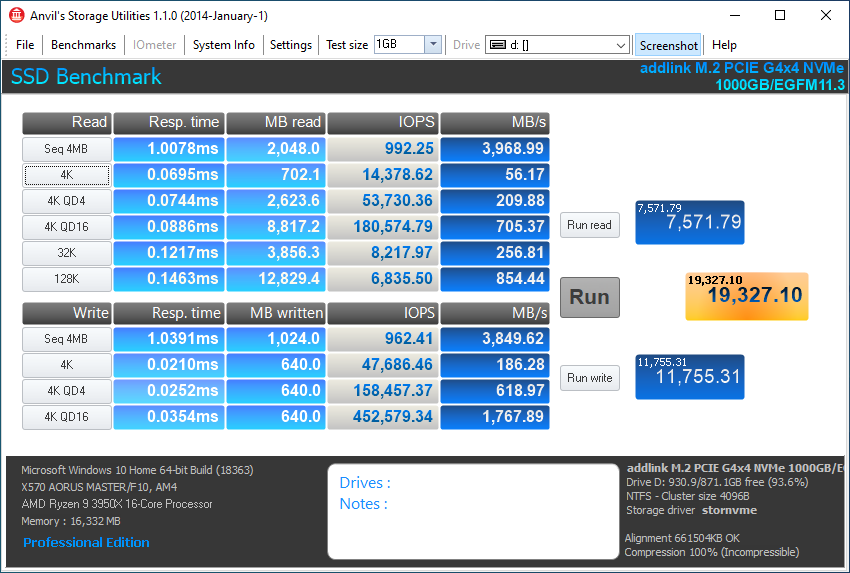
The problem for Addlink is that it's thrown everything at the budget angle of the S90, and when you take that away, you're left with a drive that doesn't have too much going for it. In essence it's a decent drive. Good performance, strong value for money, and industry standard components.
The problem is, the market has responded to its release and has dropped prices accordingly. So you can now pick up the likes of the Corsair MP600 Force for $200 (£190), which performs pretty much identically, but comes with a funky heatsink—which can be useful if your motherboard doesn't have one.
A bigger problem to the likes of Corsair and Gigabyte dropping the price of their PCIe 4.0 drives comes from another budget operator, Sabrent. The Sabrent Rocket 1TB NVMe 4 SSD also rolls in at $199, but can often be picked up for less, and ships with a cooler, has its own toolbox utility, and bundles Acronis True Image. All for the same price. That makes for a pretty easy win for the Sabrent drive.
This is great news for anyone actually buying a next-gen SSD, because it now means there is plenty of choice out there, all at similar price levels. Unfortunately this will only last while there is real competition, and we're not sure how long this will last. Unless Addlink can respond to such price drops in kind, it's hard to suggest that this is the drive you should buy. Which is a shame, because without the Addlink S90 we possibly wouldn't have such cheap next-gen drives. As it is, the Addlink S90 feels like the kingmaker, not the actual king.
A thrills-free next-gen NVMe SSD that packs a punch in the performance stakes, and offers good value for money, but ultimately doesn't do enough to stand out.
Alan has been writing about PC tech since before 3D graphics cards existed, and still vividly recalls having to fight with MS-DOS just to get games to load. He fondly remembers the killer combo of a Matrox Millenium and 3dfx Voodoo, and seeing Lara Croft in 3D for the first time. He's very glad hardware has advanced as much as it has though, and is particularly happy when putting the latest M.2 NVMe SSDs, AMD processors, and laptops through their paces. He has a long-lasting Magic: The Gathering obsession but limits this to MTG Arena these days.
